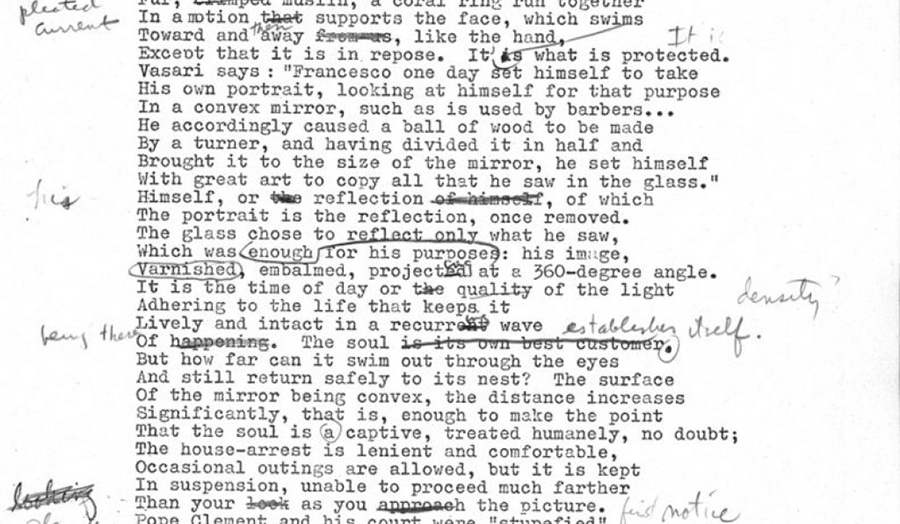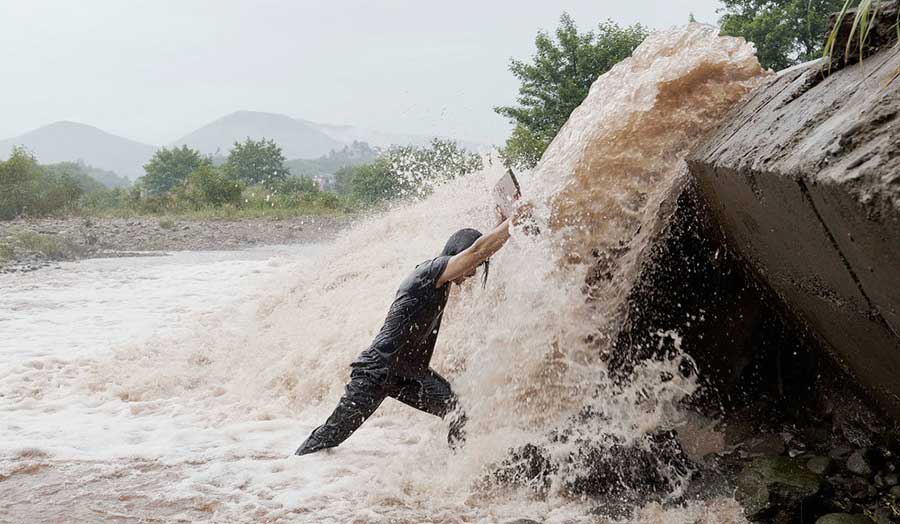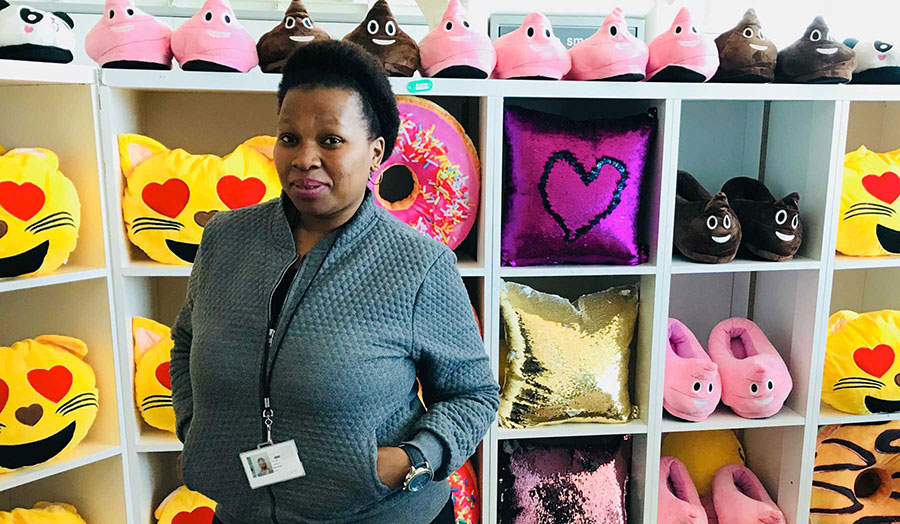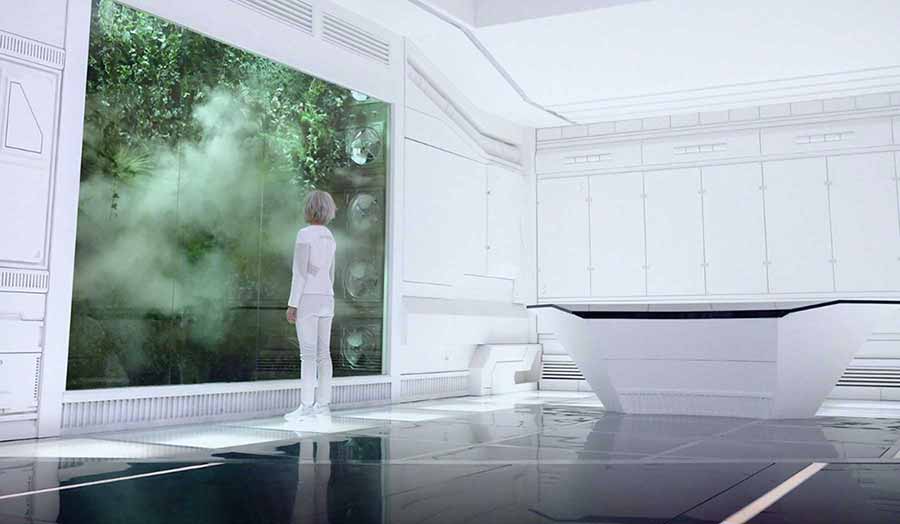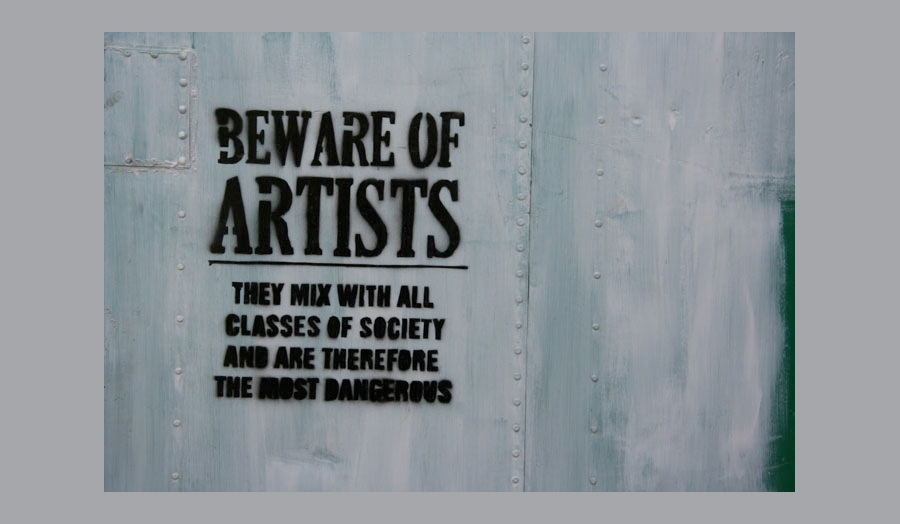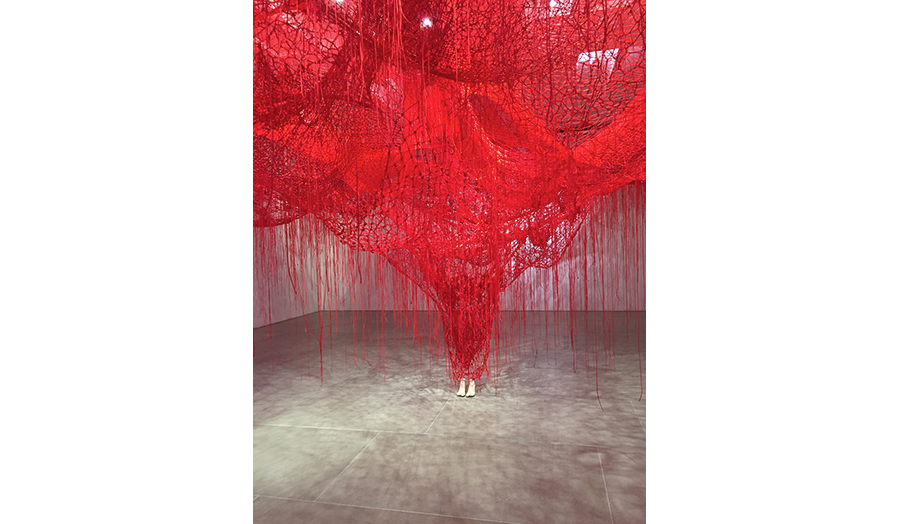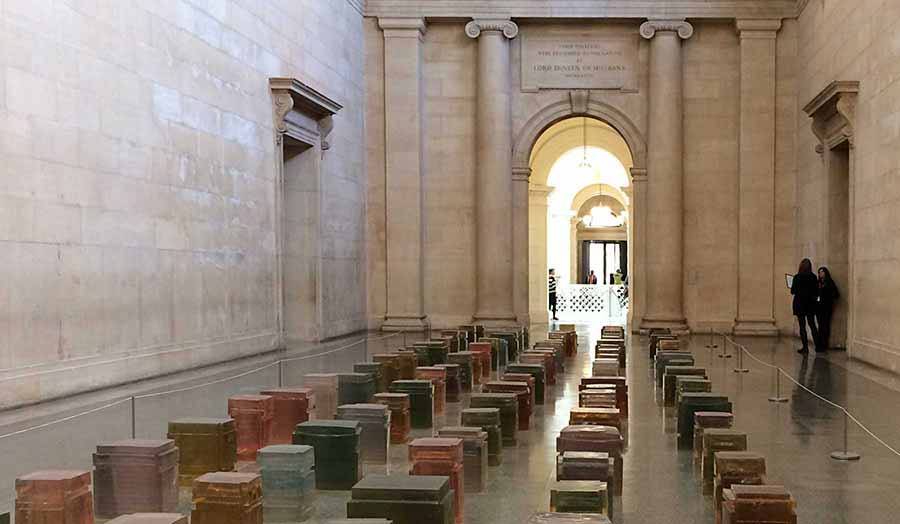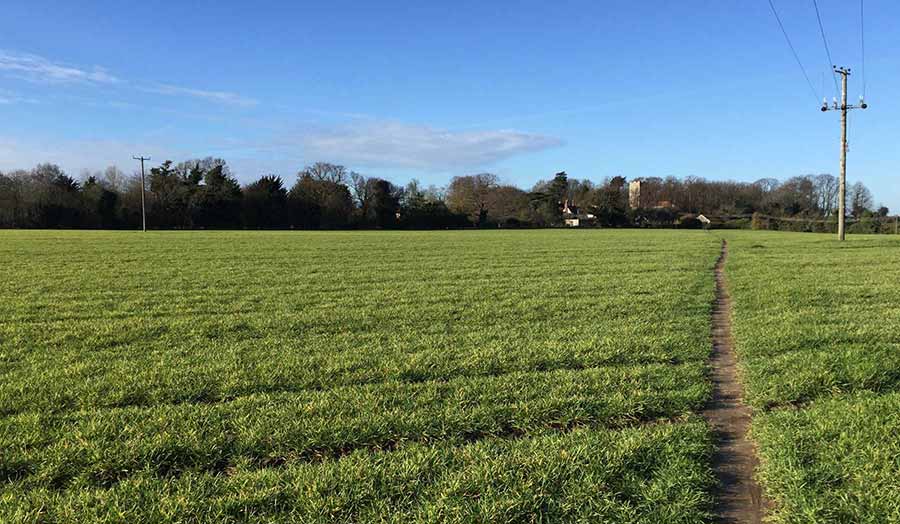Studio brief
Language and methods adopted from repair traditions found in the new cultural milieu that followed the 2007 financial crisis new conditions. The new context enabled repair to be presented as providing an alternative sphere of engagement with materiality suspended from the unpredictable and de-personalized arena of market economy; and granting new consumer rights unfettered by warranty policies and black box inaccessibility. The same period saw a renewed appreciation in ruins and palimpsests for the stories they can tell, which are perceived to be lost in interventions aimed at reestablishing the original undamaged appearance or artefacts and buildings.
Repair does not come after making or building. It is part of the same operational chain. Using, breaking and repairing all add to the set of meanings and affordances inscribed in an object or an architecture. A broken thing is a chance to engage with functions and materiality. From this point of view, repair is part of the field of practice. Likewise, decay and breakdown can be part of the field of research when they are engaged with rather than removed from sight through orthodox conservation or disposal. The effects of use and misuse turn into data-conveying documents when a reader manages to extract content and interpret it as information or feedback. Weathering and the patina accrued from labour of feet and hands records political events and the story of social change. Dust is a tangible trace of the continuous global flux and remix of materials to which humans only contributed.
The methods that participants will be introduced to include: object biographies, ecology, media archaeology, network and script analysis, interaction design and distant reading. Projects can range from action research seeking transformative change to forensic readings of artefacts, artworks and architecture. The remit of this studio is inclusive. The concepts of weathering, breakdown, and repair are not to be understood only literally and can be applied to most research subjects. Your tutor will work with you to find a viable angle for your research.
Suggested Readings
- Giorgio Agamben, “In Praise of Profanation,” in Giorgio Agamben, Profanations (New York, NY: Zone Books, 2007): 73-92.
- Tim Ingold, Making: Anthropology, Archaeology, Art and Architecture (Abingdon: Routledge, 2013).
- Susan Yelavich and Barbara Adams, eds. Design as Future-Making (London: Bloomsbury, 2014).
- Gabriele Oropallo, “The Fixing I: Repair As Prefigurative Politics,” in Guy Julier, Mads Nygaard Folkmann, Niels Peter Skou, Hans-Christian Jensen, Anders V. Munch, eds. Design Culture: Objects and Approaches (London: Bloomsbury, 2019): 157-170.
- Jane Bennett, Vibrant Matter (Durham, NC: Duke University Press, 2010).
- Jennifer Gabrys, Digital Rubbish: A Natural History of Electronics (Ann Harbor, MI: University of Michigan Press, 2011).
- Jussi Parikka, A Geology of Media (Minneapolis, MN: University of Minnesota Press, 2015).
- David Pye, The Nature and Art of Workmanship (Cambridge: Cambridge University Press, 1968).
- Shannon Mattern, Code and Clay, Data and Dirt: Five Thousand Years of Urban Media (Minneapolis, MN: University of Minnesota Press, 2017).
- Teresa Stoppani, “Dust: From Form to Transformation,” in Teresa Stoppani, Unorthodox Ways to Think the City: Representations, Constructions, Dynamics (Abingdon: Routledge, 2018): 144-185.
Image: During riots in the city of Vlorë, Albania, people break off stones from the pavement to use as ammunition. Photo: Robert Nagle, 1997 (CC BY-SA 2.0)
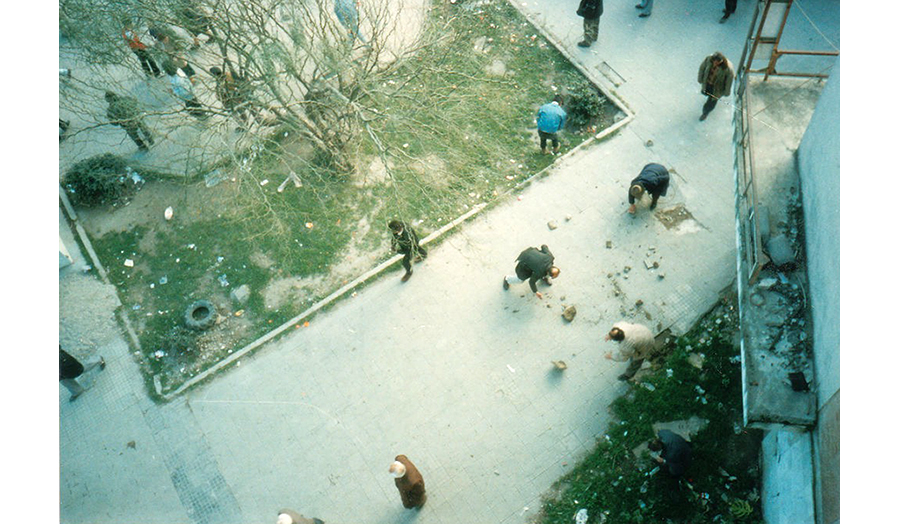
Details
| Tutor | Gabriele Oropallo |
|---|

-(1)-(1)-(1).jpg)
-(1).jpg)
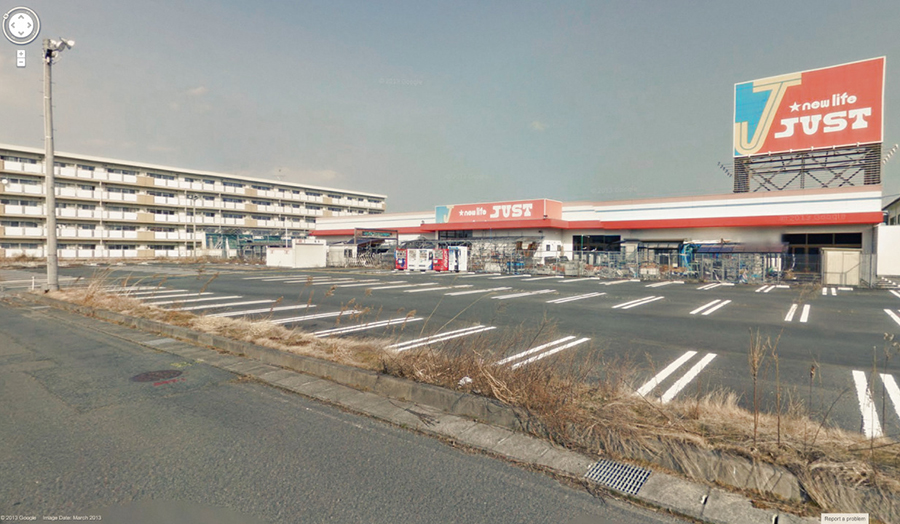
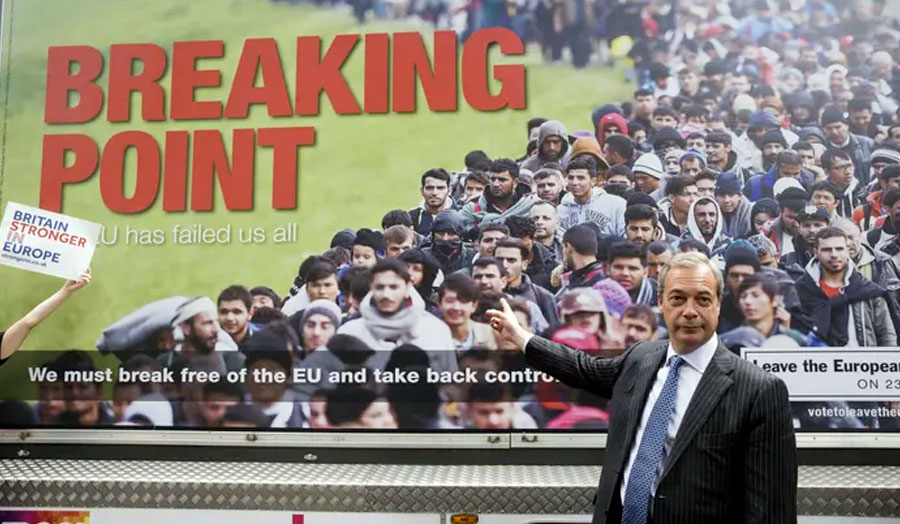
-(1).jpg)
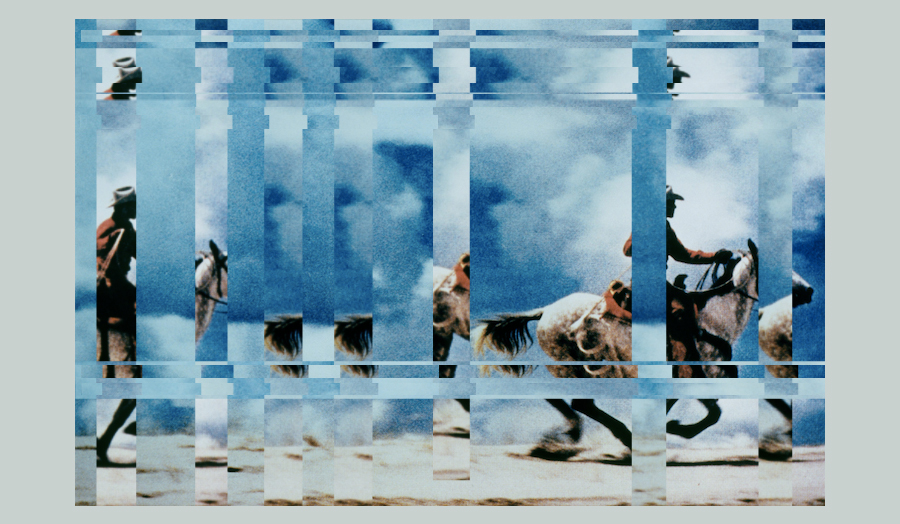
-(1).jpg)
